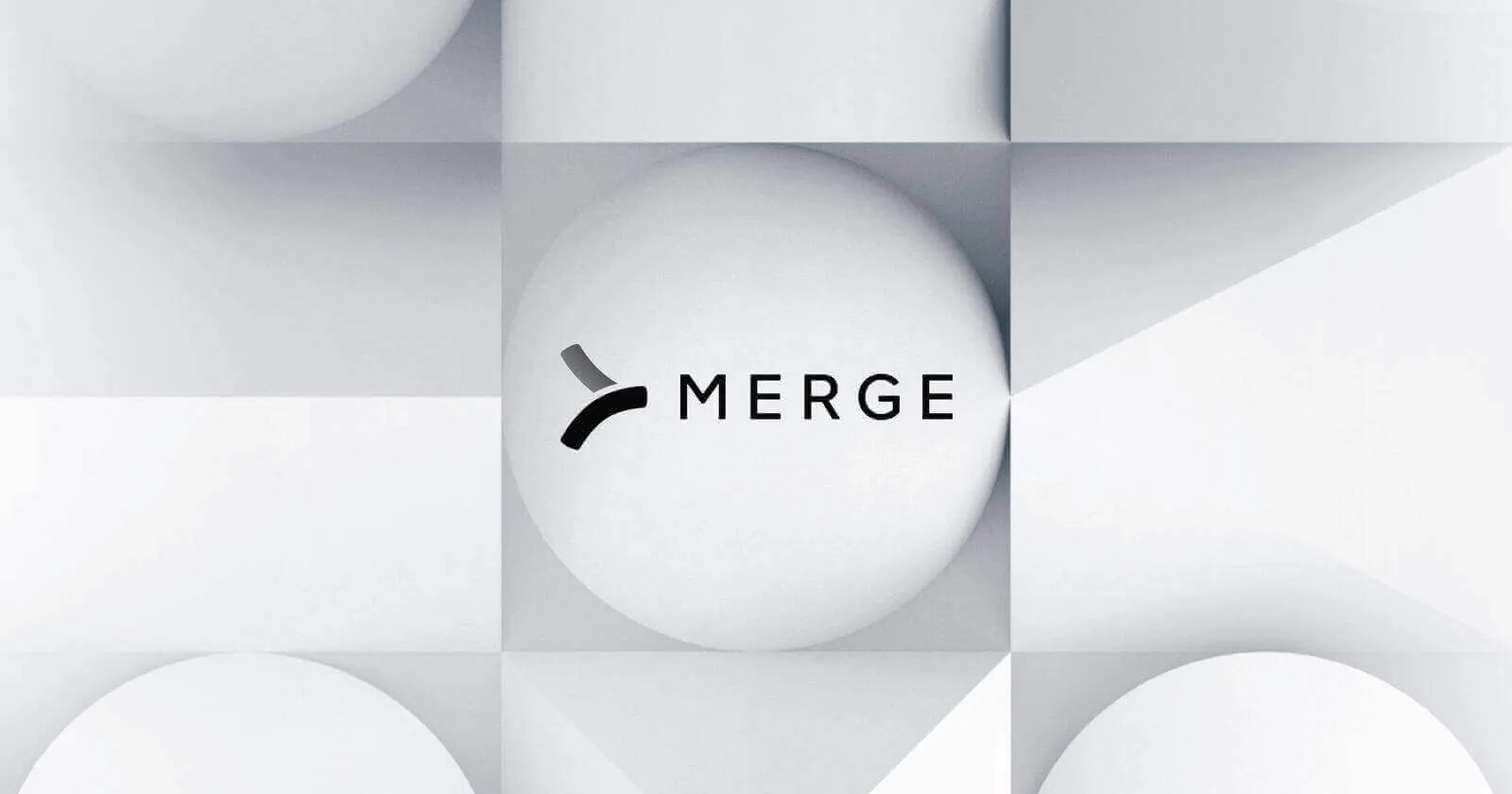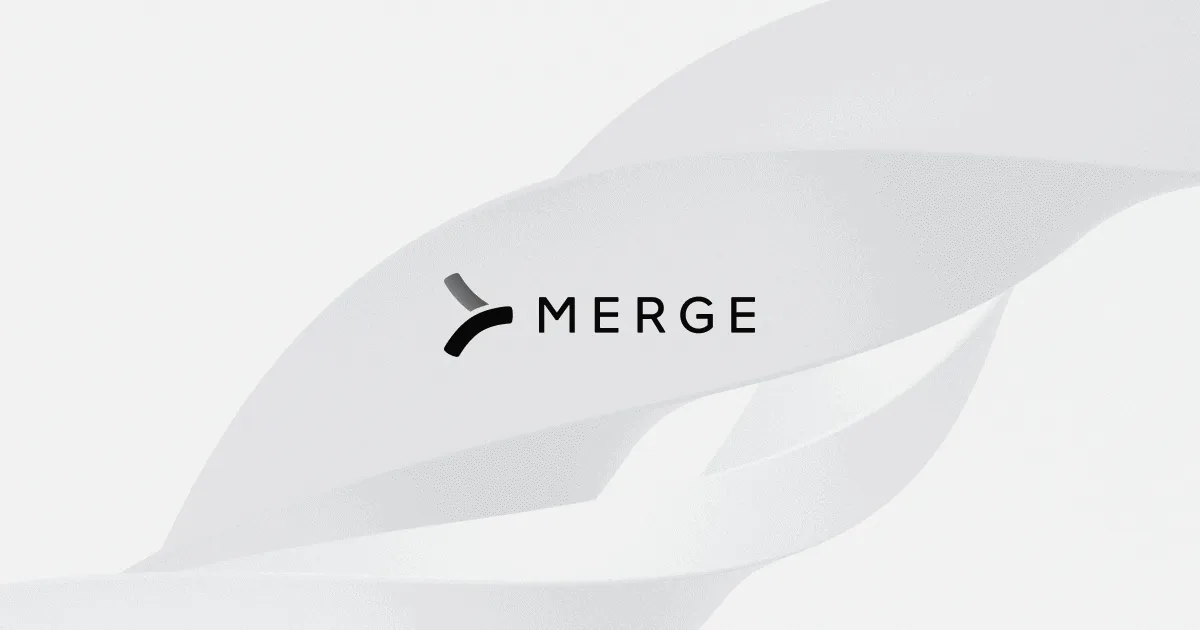Table of contents
Cloud integration: definition, examples, benefits, and tools

Your organization may look to integrate with cloud applications for a number of reasons.
The integrations can improve the employee and customer experience, increase close rates, enable you to expand to new markets, and more.
But tackling integration projects come with a number of difficult and critical decisions, such as the specific integrations you should prioritize and the tooling you should use to build and maintain them.
We’ll help you navigate these decisions by covering several common examples and breaking down the popular types of tools you can choose from.
But first, let’s align on the definition of cloud integration.
What is cloud integration?
It’s the process of connecting cloud applications, typically through their APIs. Once connected, the cloud applications can share data freely with one another, allowing them to stay in sync over time.

Examples of cloud integration
Let’s cover a few examples of internal cloud integrations (first two examples) and then highlight a few customer-facing cloud integrations (last two examples).
Deliver contracts to employees in the application they’re already working in
Over time, your employees will likely need to sign a number of different agreements, whether that’s a non-disclosure agreement, an employee handbook acknowledgement, a remote work agreement, etc.
Whatever you need employees to sign over time, you’ll likely want them to do so quickly and in a way that’s convenient for them and yourself.
To help facilitate this, you can integrate your e-signature platform (e.g., DocuSign) with your business communications platform (e.g. Slack) and build a workflow where once a document is sent out for signature, employees receive a message in your business communications platform that asks them to sign it. You can even include a link to the document within the message.
The sync can also work bidirectionally; in other words, once an employee signs the contract, it’s added back to the e-signature platform, where the appropriate stakeholders can review it.

Invite employees to participate in the appropriate training course(s) on time
Similar to the last example, your employees need to take a variety of courses over time, whether that’s to remain compliant with specific laws and regulations or it’s to abide by the policies set by your company.
To help you deliver the right trainings to the right employees at the right time, you can integrate your HRIS (e.g., Workday) with your learning management system (e.g., TalentLMS) and build workflows that trigger courses—based on the employee’s tenure, location, and job title— to be sent to specific employees. The sync can also be bidirectional so that your HRIS can display accurate status updates on employees’ progress across their courses.

Related: A guide to cloud integration examples
Add the candidates your product sources to clients’ ATS solutions
Let’s imagine you offer a product that uses AI and machine learning to help clients source candidates for specific roles.
To help your clients identify these candidates and connect with them quickly, you can integrate your product with clients’ ATS solutions and build a flow where once a candidate is marked as approved by a user in your product, they’re automatically populated in that client’s ATS. The candidate’s profile can also be populated with various details, like their current job title and employer, so that your client's recruiting team can follow up with them more effectively.

Empower clients to deliver the right gifts to the right employees on time
Say you offer a gift-giving solution for employees—like Snappy.
To help your clients’ HR teams deliver the right gifts for specific milestone events, like an employee’s first day, work anniversary, or promotion, you can integrate your product with clients’ HRIS solutions and sync their employee data with your product.
More specifically, you can sync the relevant fields, like the employees’ first and last names, birthdays, job titles, start dates, etc., so that your product can pinpoint a milestone event and kickstart the associated workflow automatically.

Related: How to implement cloud-to-cloud integrations
Cloud integration benefits
Let’s break down just a few of the benefits of cloud integration.
Note: The first two benefits focus on internal integrations, while the following three address the benefits of customer-facing integrations.
Improves the employee experience
By allowing employees to avoid reentering data into applications or moving between apps to find the information they need, you’re allowing them to save time and avoid tedious work. They can, in turn, use their time savings to perform the work they enjoy and that’s likely to deliver more value to the business.
Lets you avoid costly human errors
Keying in data manually isn’t just unpleasant and time-intensive to carry out. It’s also an error-prone task that, in certain cases, can lead to costly mistakes. For instance, your team accidentally input the wrong salary in an offer letter—jeopardizing your ability to recruit a target candidate successfully; or a sales rep can accidentally input call notes on the wrong opportunities, leading them to engage their opportunities poorly.
Since cloud integrations allow you to automatically sync data, your team can largely avoid data entry tasks, and, in turn, the errors they’d cause.
Increases your close rate
As prospects compare your product with others, they’re likely—according to research by Gartner—evaluating the integrations each of you offer. As a result, If you manage to cover more integrations prospects care about than your rivals, you’ll be more likely to win their business.

Raises your customer retention rate
Getting clients to adopt your integrations naturally allows them to see more value from your product, whether that’s by streamlining key in-product workflows or keeping data accurate automatically over time.
This additional value should help clients stay on for longer and even spend more on your products and services.
Related: All of cloud integration's benefits
Lets you expand to different markets
As you look to break into a new industry or region, or if you're looking to move upmarket, you’ll likely find that the organizations in those markets use a unique combination of applications. For instance, a small business may be more likely to use Namely or Gusto as their HRIS solution while a larger company may be more likely to use Workday or ADP.
If you can offer integrations with the applications your target market uses, you’ll be able to garner their interest more easily and, as a result, close more deals in that market over time.
Cloud integration tools
The tools you’ll use likely vary, depending on whether you’re building internal or customer-facing integrations.
Let’s review a few popular options in each category.
Tools for internal cloud integrations
Assuming you decide to avoid building integrations in-house, you’ll likely decide between an integration platform as a service (iPaaS) and a robotic process automation (RPA) software.
An iPaaS allows you to build and maintain API-based integrations, which naturally makes them performant and reliable. That said the platform isn’t necessarily easy to use (your developers may be forced to use it), so it doesn’t lend itself well to scaling.
RPA software, on the other hand, allows you to integrate applications that don’t provide APIs, allowing the solution to support a greater number of cloud applications. However, the platform integrates applications at the UI-level, so its integrations can easily break over time. Moreover, the platform also requires technical expertise to use, so scaling integrations on the platform can prove difficult.
In short, there’s no one-size-fits-all solution. The best category of tooling for building your internal integrations ultimately depends on your integration requirements and the internal resources at your disposal.
Tools for customer-facing integrations
You’ll likely decide between an embedded iPaaS and a unified API solution.
The former—which allows you to embed iPaaS solutions into your product in various ways—comes with similar drawbacks to an iPaaS.

The platform requires technical expertise to use and forces you to build one integration at a time—which, taken together, can make it difficult to scale your product integrations. In addition, embedded iPaaS solutions lack the observability and maintenance capabilities your team needs to identify, diagnose, and resolve integration issues.
A unified API solution, on the other hand, offers a single, aggregated API that allows you to connect to a whole category of integrations; this approach naturally allows you to scale your integration builds more effectively.

Moreover, using Merge, the leading unified API solution, your customer-facing team can manage integrations with ease via our Integration Observability features. Your engineers can also avoid having to maintain integrations—as our partner engineers perform this work on your behalf.
You can learn more about Merge by scheduling a demo with one of our integration experts.







.png)
.png)
.png)

